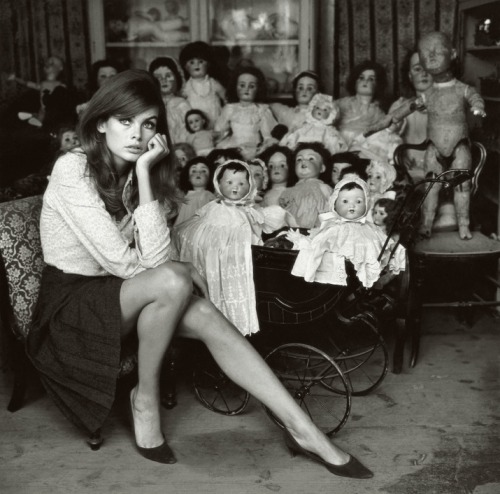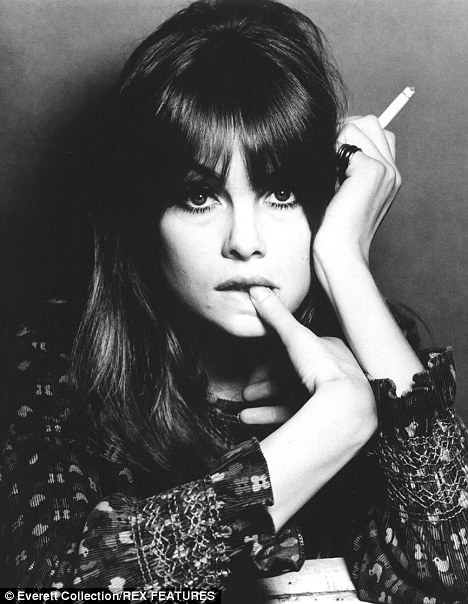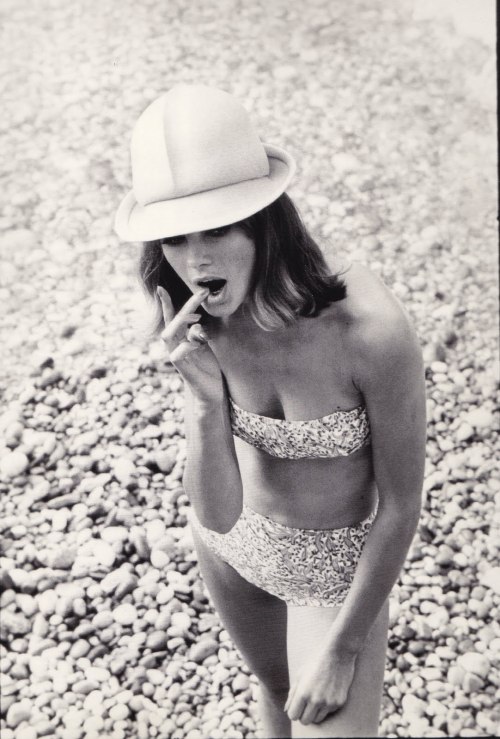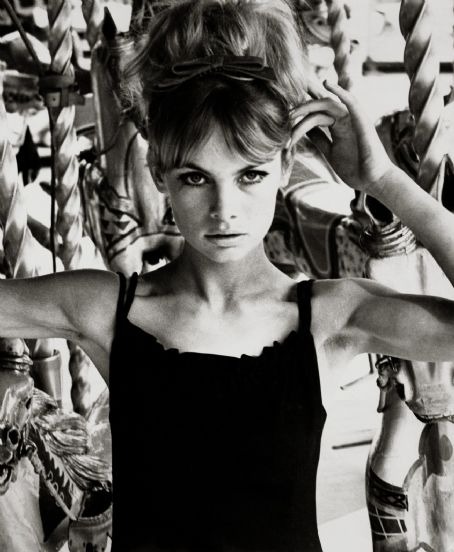By Lana Richardson
ARMED with just a camera and an old teddy-bear, David Bailey and 19-year-old Jean Shrimpton left forNew York





ARMED with just a camera and an old teddy-bear, David Bailey and 19-year-old Jean Shrimpton left for

But they did get there and spent a week capturing the eruption of the city’s so-called youth-quake. Draped upon the urban Manhattan London
This was the world’s first real look at Jean Shrimpton. She appeared child-like in the photos but when you caught her face it was entrancing; your eyes couldn’t leave it. Her beauty was timeless even then. A gamine silhouette and willowy limbs made her seem ethereal and move weightlessly. Then there were the doe-eyes, arched eyebrows and alluring pout underneath a fringe that framed her delicate face.

During the Melbourne
For those who missed it first time around, Jean’s influence has recently been revived for modern interpretation with the BBC4 drama, We’ll Take Manhattan. Karen Gillan plays the supermodel, exploring that notorious week in New York
In a preview clip, Gillan wears a long beige suede coat, oversized sunglasses and a floral head-scarf to recreate the classic shots. The actress is beautiful, she embodies the era but she lacks Jean’s ease.
Jean always claimed that she never liked being photographed; she was just good at it. "She was magic.” said David Bailey. “In a way she was the cheapest model in the world - you only needed to shoot half a roll of film and then you had it."
Now Shrimpton has escaped fame to live the isolated life she longed for. When told about We’ll Take Manhattan, she bluntly responded “It’s of no bother.” Searching for images of her, you get trapped in the 1960s. All of the pictures capture a young pouting girl, round-eyed and hypnotising. Jean Shrimpton, the model, never left that era. And she won’t be photographed again.



No comments:
Post a Comment